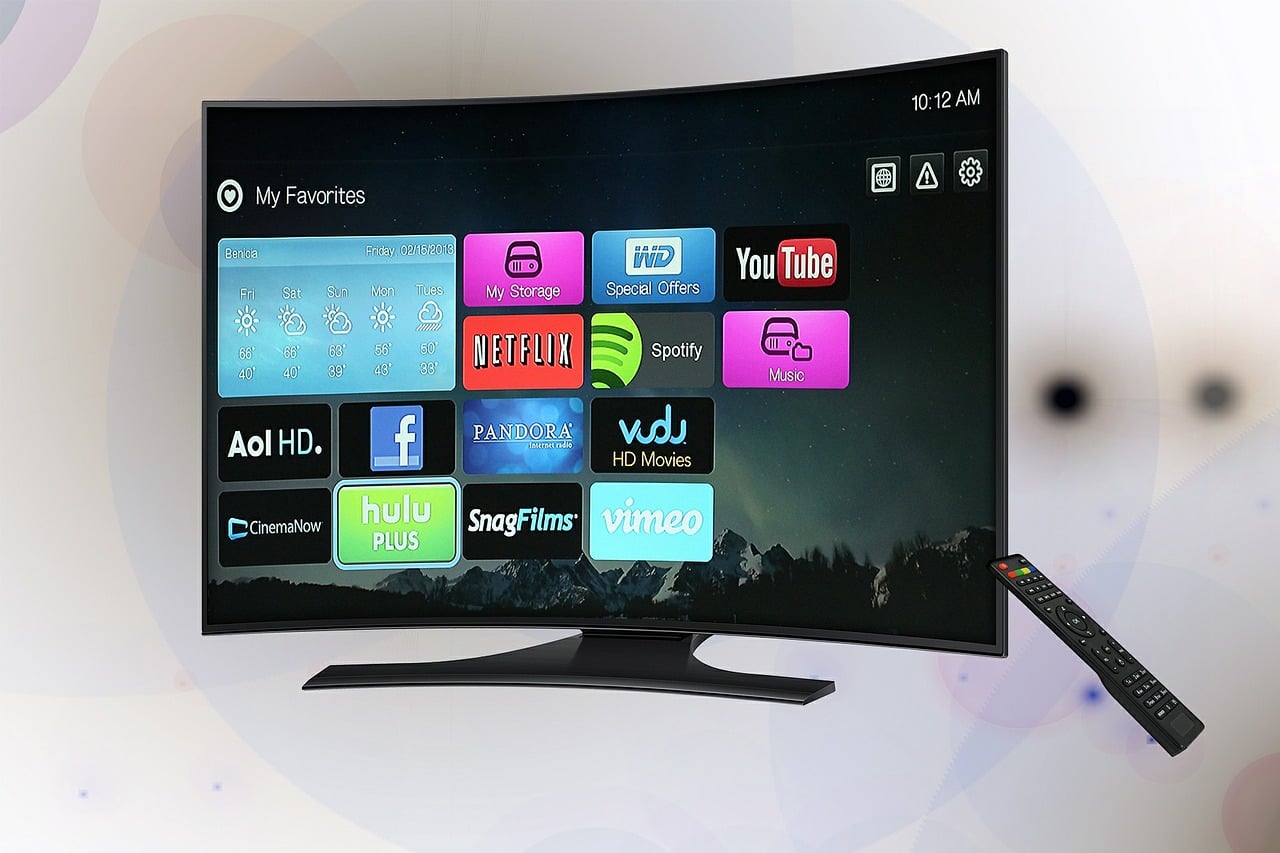If you go back a few years, the TV industry was all about the plasma vs LCD panels. But the discussion in the last couple of years has shifted to QLED vs OLED display technologies. People planning to spend thousands of dollars on a new TV wonder how the two technologies differ and which one is better. Though they have the common “LED” in their respective acronyms, QLED and OLED are two different technologies. Let’s find out how they stack up.
The QLED TV emerged in 2017 when Samsung rebranded its SUHD TV range. And now QLEDs accounts for a large chunk of Samsung’s TV sales worldwide. On the other hand, LG Electronics has been the front-runner in the OLED TV segment.
What is QLED?
In simplest terms, QLED is an advanced version of the traditional LCD panels. QLED stands for Quantum Light-Emitting Diode. It has “quantum dots” embedded into the LCD panel. For the uninitiated, quantum dots are tiny particles that emit their own colored light when they are hit by light. The quantum dots are placed in a film and the light is provided by the LED backlight. The QLED delivers better color and brightness than traditional LCD panels.
The light produced by the LED backlights passes through multiple layers to create colors and make content visible on the screen. QLED TVs are mostly made by Samsung, Vizio, and a few other companies.
What is OLED?
OLED – which stands for Organic Light-Emitting Diode – is a dramatically different technology than QLED. It doesn’t rely on LED backlight to produce light. In OLED panels, the individual OLED pixels themselves emit light and produce colors, eliminating the need for an LED backlight. As a result, it delivers deeper blacks and more vibrant colors.
When an OLED panel has to show dark scenes, it merely shuts down the individual pixels. In contrast, the QLED panels have to dim the LED backlight and use shutters to produce black colors. LG Electronics is the largest maker of OLED TVs, though you’ll also find OLED TVs from Sony, Panasonic and a few other companies because they source OLED panels from LG.
How do they differ?
As I mentioned earlier, OLED TVs deliver better contrast and deeper blacks because of their ability to turn off unused pixels. In contrast, the QLED TVs have to dim the LED backlight and use full-array local dimming to create contrast. It still lets some amount of light through, leading to slightly grayer blacks. And it’s noticeable to most users.
But the QLED panels have a clear edge in terms of brightness because they use independent LED backlights. The greater brightness enhances the viewing experience with HDR content and when watching TV in bright rooms. The OLED panels are not as bright as their QLED counterparts, though HDR content looks excellent on OLEDs.
Both these technologies are similar in terms of color volume and color accuracy. But QLED TVs have a slight edge because of their wide range of saturated colors. Most QLED and OLED TVs have 4K resolution, and they are both capable of achieving 8K resolution. Neither technology has a major advantage when it comes to video processing, color production, or resolution. But the response time of OLED screens is more than 10x faster than their QLED counterparts.
The OLED TVs are relatively more energy-efficient because they don’t require LED backlight and are incredibly thin. They are also superior when it comes to viewing angles. When you are watching content on an OLED screen, you won’t notice the discoloration if you watch from the side. In contrast, you have to sit directly in front of the screen if you are watching on QLED because it loses contrast when viewed from the side.
Currently, the OLED TVs come in only four sizes: 55-inch, 65-inch, 77-inch, and 88-inch. Most people can’t afford LG’s 88-inch TV because it costs a staggering $30,000. In contrast, the QLED doesn’t have that much of display size limitation. Samsung’s QLED TVs come in 43-inch, 49-inch, 55-inch, 65-inch, 75-inch, 82-inch, 85-inch, and even 98-inch sizes. They are also much more affordable than their OLED counterparts.
The OLED panels offer deeper black colors, are less power-hungry, and have much better viewing angles. But they can’t match QLED TVs in screen size and brightness.





